
Es un modelo educativo donde la naturaleza se convierte en el aula. Los niños aprenden explorando, descubriendo y experimentando al aire libre, desarrollando habilidades que van más allá del conocimiento académico.
En un Forest School, cada salida al bosque es una lección de vida: aprenden sobre respeto, autonomía y amor por el entorno que los rodea.
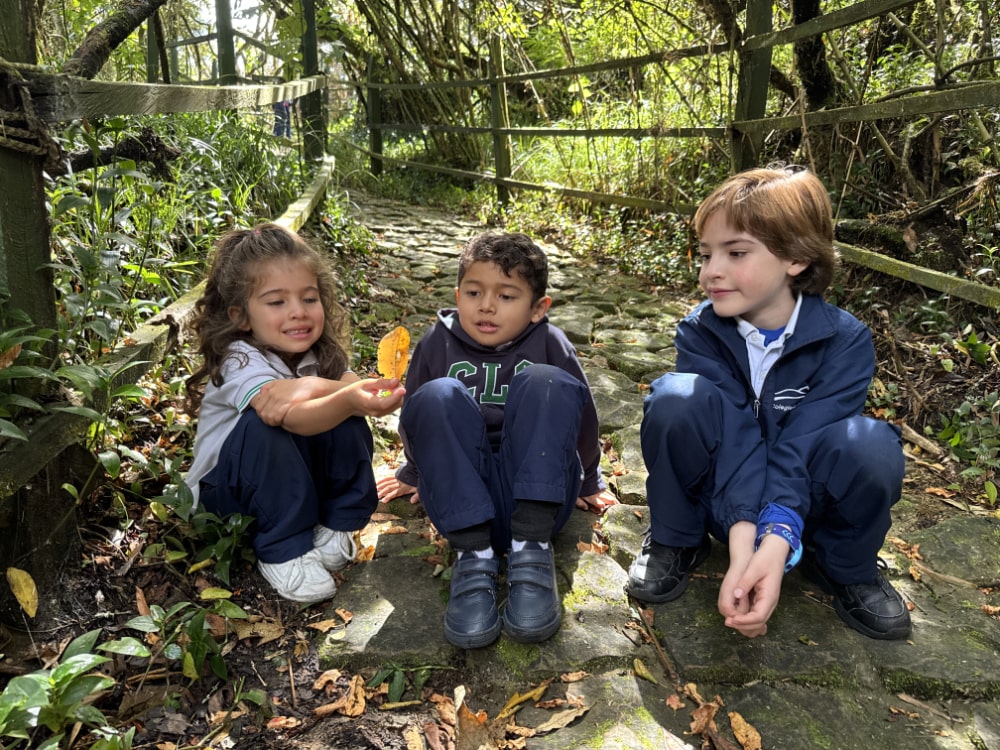
Los niños aprenden haciendo, observando y experimentando.
Fortalecen cuerpo, mente y emociones mientras exploran.
Aprenden a cuidar y valorar su entorno desde pequeños.
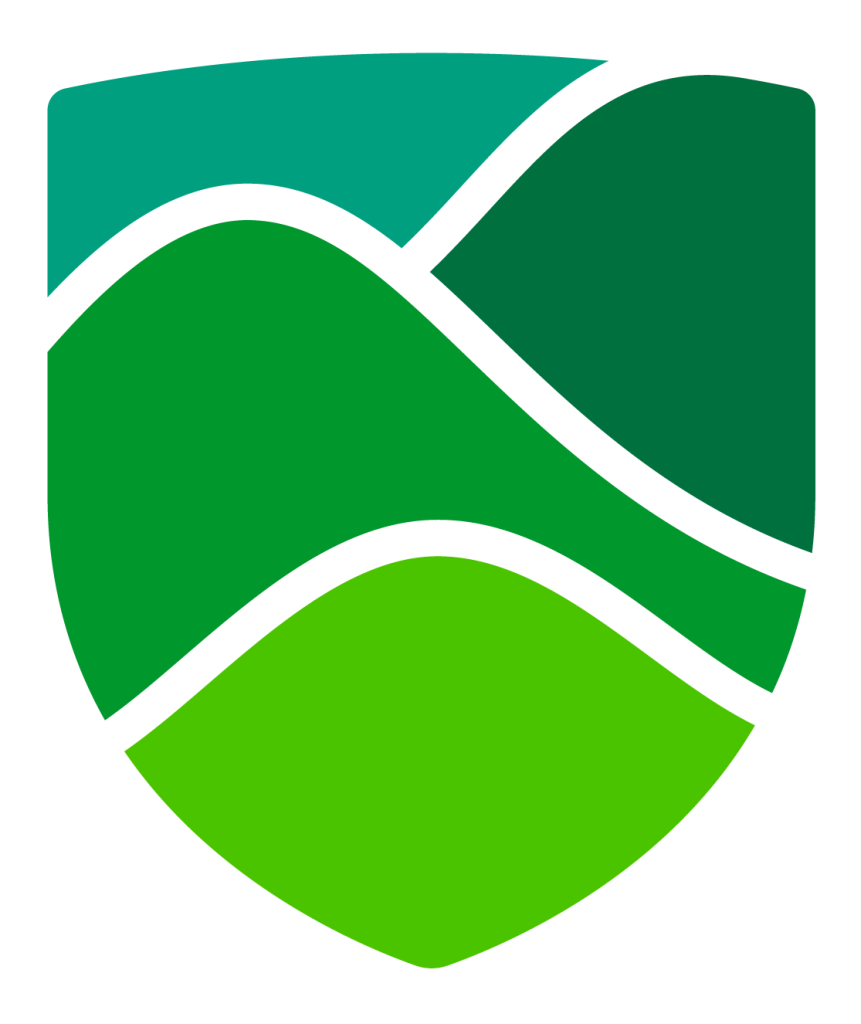
Aunque ambos valoran los espacios naturales, un Forest School va más allá de tener un entorno verde: integra la naturaleza como parte del aprendizaje diario.
En un colegio tradicional, la naturaleza es un escenario.
En un Forest School, es la maestra.

Cada experiencia en el bosque conecta con áreas como ciencia, arte y pensamiento crítico.
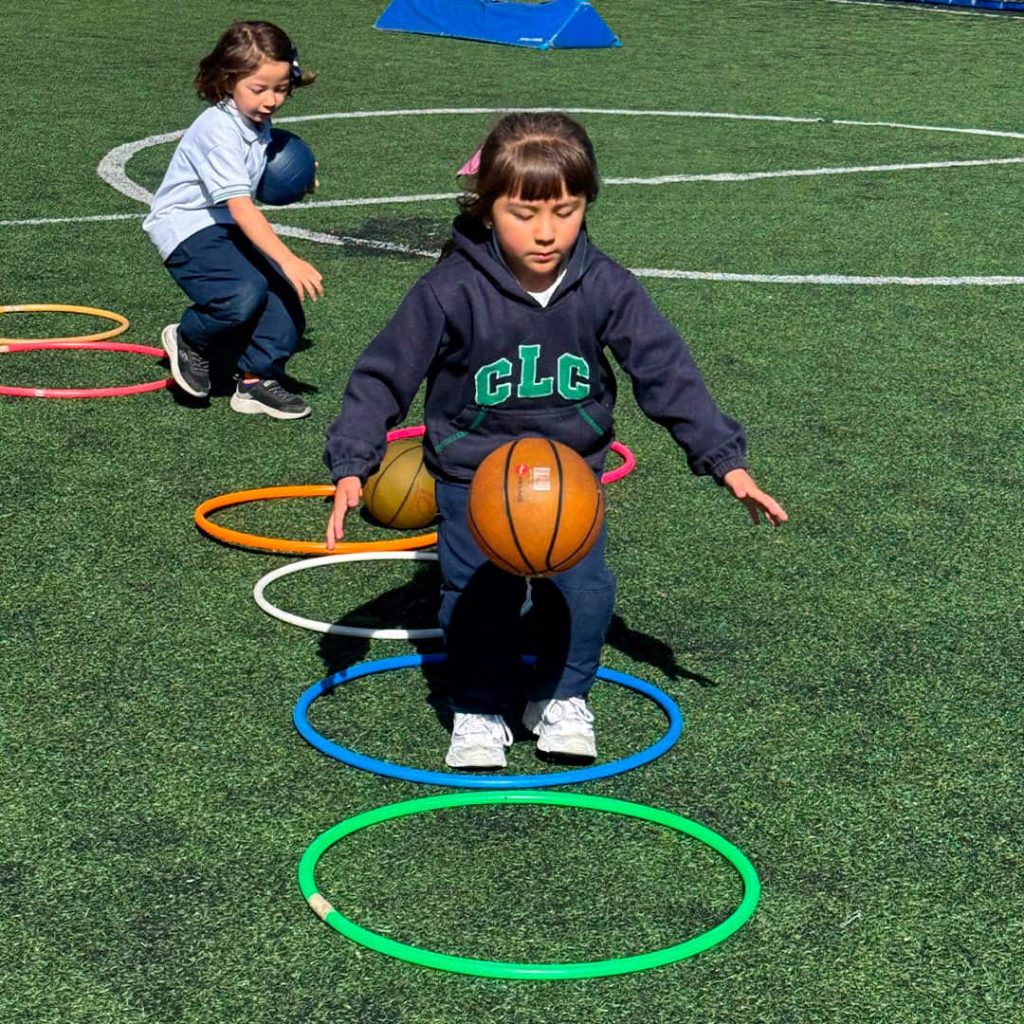
El movimiento libre, el aire puro y los retos naturales fortalecen la motricidad, la concentración y la autoconfianza.

Los niños enfrentan situaciones reales, fomentando la imaginación y el pensamiento independiente.
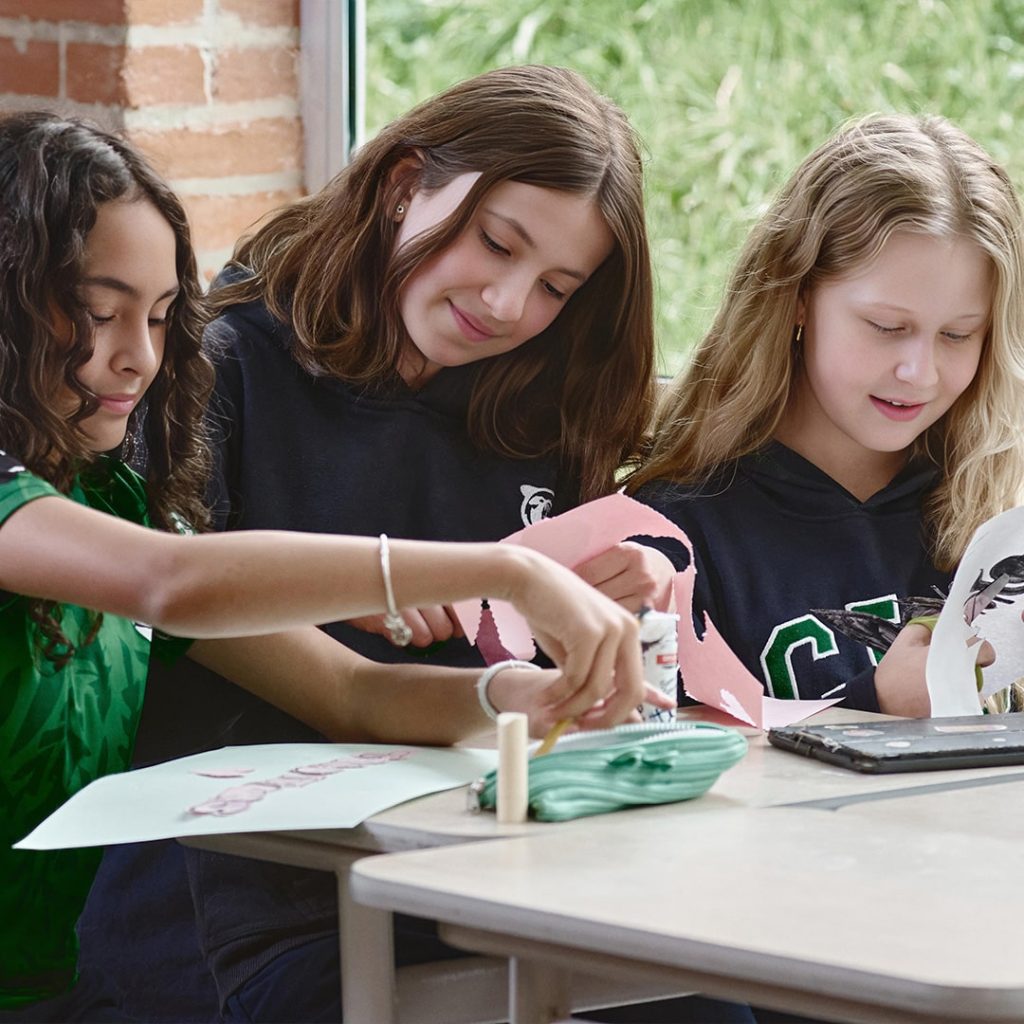
Al aprender en contacto con la naturaleza, se reducen los niveles de estrés y aumenta la motivación por aprender.
Combinamos el poder del aprendizaje en la naturaleza con una educación moderna y actual, donde la tecnología, la innovación y la sostenibilidad se unen para formar estudiantes curiosos, conscientes y preparados para el futuro.
En nuestro colegio, los niños no solo estudian: exploran, descubren y aprenden a cuidar el mundo que habitan.
Nuestros estudiantes desarrollan habilidades de orientación, trabajo en equipo y autonomía a través de actividades prácticas de exploración y campamento.
Aprenden técnicas básicas de supervivencia, seguridad con cuerdas, primeros auxilios, y respeto por el entorno natural, fortaleciendo su cuerpo y mente al aire libre.
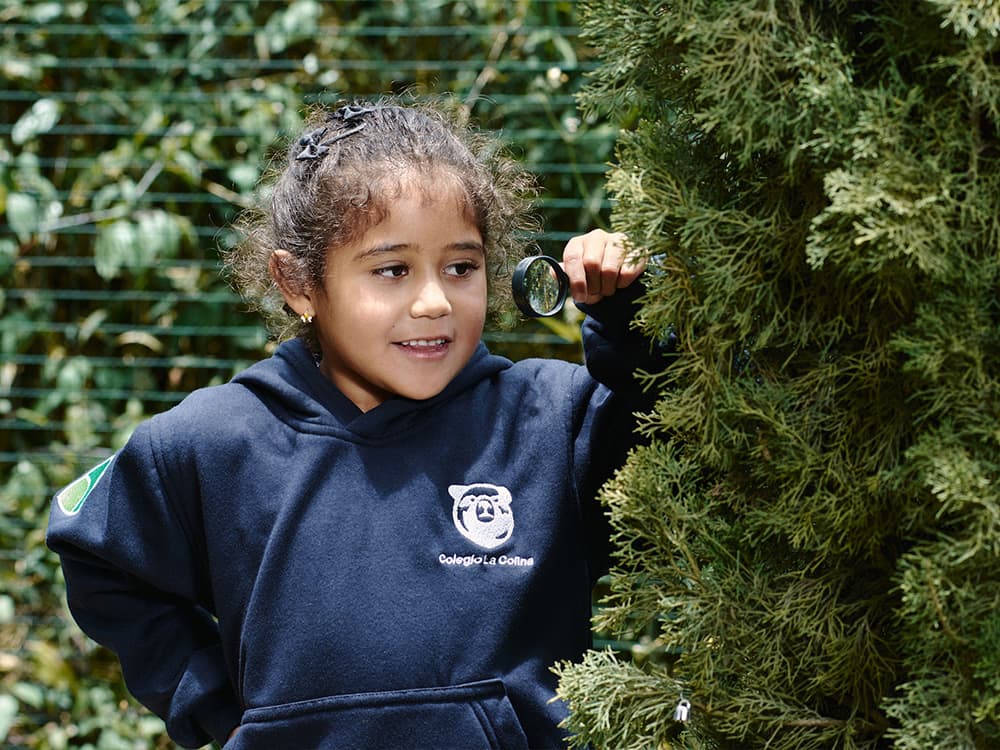
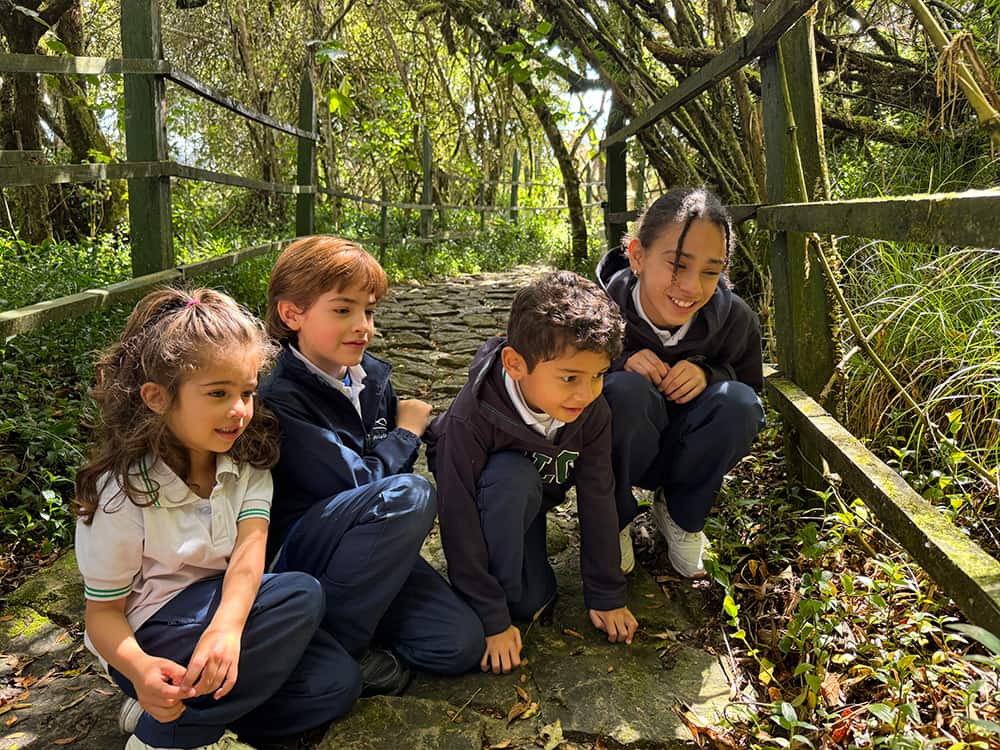
Promovemos la observación científica del entorno natural. Hemos identificado más de 80 especies de flora y fauna, fortaleciendo la conciencia ecológica y el respeto por la vida.
Además, realizamos monitoreos de agua y biodiversidad para enseñar la importancia de conservar los ecosistemas y sus servicios ambientales.
A través de nuestro comité ambiental, impulsamos la recolección selectiva, la reutilización de materiales y la reducción de desechos.
Los residuos orgánicos se aprovechan para la creación de abonos naturales, mientras que los proyectos PRAE integran a estudiantes y docentes en soluciones sostenibles para la comunidad educativa.


Gestionamos responsablemente nuestros recursos para garantizar un entorno educativo sostenible.
Mantenemos una infraestructura moderna, promovemos el uso eficiente del agua y realizamos actividades de siembra y recolección, asegurando la continuidad de una educación comprometida con el medioambiente.
Fomentamos el amor y respeto por la naturaleza a través de experiencias directas en el bosque y en la represa San Rafael.
Buscamos crear conciencia sobre el valor del agua, el aire y los ecosistemas, promoviendo que nuestros estudiantes sean agentes activos en la conservación del planeta y su biodiversidad.
